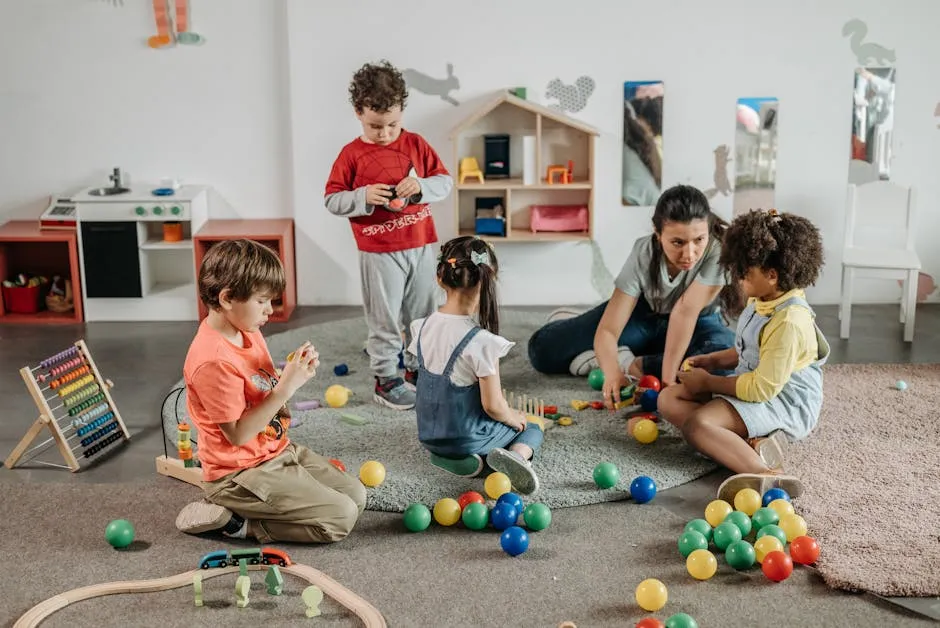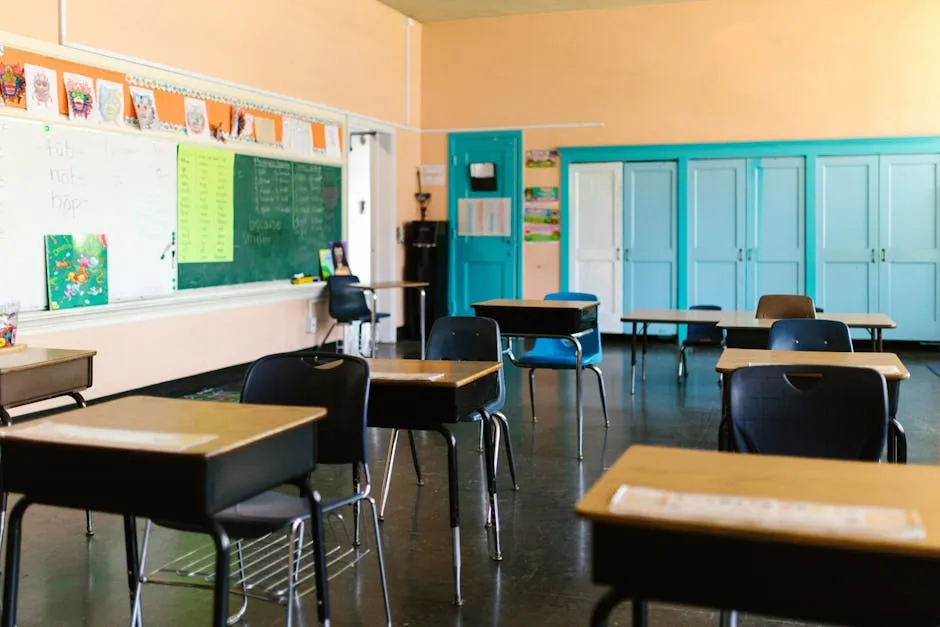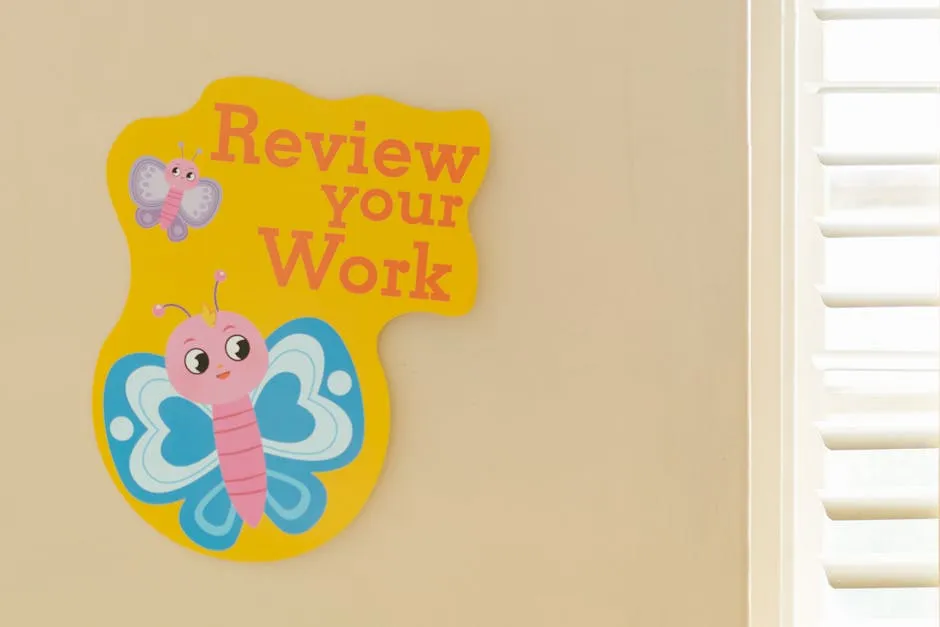Introduction
A student perception survey is a valuable tool for educators. It helps gather insights on student experiences and feelings about their learning environment. Understanding these perceptions is crucial for improving educational strategies and enhancing student engagement.
To boost engagement in your classroom, consider diving into a Student Engagement Strategies Book. It’s packed with ideas to make learning fun and interactive, ensuring your students are not just present but actively participating in their education!

Summary and Overview
Student perception refers to how students interpret and understand their educational experiences. It captures their sentiments, which are vital for fostering a positive learning environment. These surveys aim to enhance aspects like student engagement, satisfaction, and overall educational quality. When institutions listen to student feedback, they can identify areas needing improvement and make informed changes that benefit everyone involved.
Are you looking for effective tools to manage your classroom? Check out some Classroom Management Tools. These resources can help you create a structured and engaging environment that keeps students focused and motivated.

What is a Student Perception Survey?
A student perception survey is designed to collect feedback about students’ thoughts and feelings regarding their educational experiences. It gathers various types of data, including academic, emotional, and environmental feedback. These surveys are essential in educational institutions because they provide insights that can shape teaching methods and classroom dynamics.
Typically, data is collected in both quantitative and qualitative formats. Quantitative data includes closed-ended questions that provide measurable insights, like ratings on a scale. Qualitative data comes from open-ended questions, allowing students to express their thoughts in their own words. Many schools conduct these surveys regularly, often at the end of a term or semester, to gauge ongoing changes in student sentiment. For a deeper understanding of qualitative data, you can refer to our qualitative data guide.
When designing a student perception survey, it’s crucial to craft clear, relevant questions that resonate with students. Research shows that around 60% of schools utilize some form of student perception survey, indicating its growing importance in education. If you haven’t implemented a survey yet, consider doing so to gain valuable educational insights and improve your institution’s approach. To streamline the process, you might want to look into a Survey Design for Educators Guide to ensure your questions hit the mark!

Understanding Student Perception
Importance of Student Perception
Understanding student perception is vital for educators striving to improve learning outcomes. Student perceptions significantly influence academic success and overall well-being. Positive perceptions can lead to improved motivation and engagement, while negative feelings may hinder performance.
Research indicates that schools fostering positive student perceptions see higher retention rates and better academic results. Additionally, understanding how students feel about their learning environment can help educators identify areas for improvement. Incorporating feedback can enhance the student experience, ultimately leading to increased success in both personal and academic realms.
Consider conducting a pilot survey to gauge student perceptions in your institution. This initiative can provide valuable insights into how students experience their education, guiding efforts to create a supportive and effective learning atmosphere. If you’re looking for some engaging materials for your students, check out Educational Games for Classroom Engagement. These can make learning a blast!

Beliefs and Expectations
Preconceived beliefs and expectations significantly shape how students perceive their educational experiences. These beliefs often stem from various sources, such as family values, peer interactions, and media portrayals. For instance, students may arrive at school with certain expectations about academic rigor or social interactions based on what they’ve heard from friends or seen online.
Family influences play a crucial role in shaping student attitudes. Parents’ beliefs about education can affect how students view their own potential and the value of learning. Positive reinforcement at home fosters a growth mindset, encouraging students to embrace challenges. Conversely, negative expectations can create barriers to success.
Media also impacts student perspectives. Social media platforms and entertainment often glamorize certain academic paths, leading students to form opinions about their educational choices. Additionally, a school’s branding can influence student beliefs. Research shows that about 70% of students consider a school’s reputation when choosing where to enroll. This perception can affect their motivation and engagement, ultimately shaping their overall experience.
Understanding these dynamics helps educators create supportive environments that align with students’ expectations while challenging limiting beliefs. If you’re interested in fostering emotional intelligence in your students, consider exploring Books on Emotional Intelligence that can be a great addition to your reading list.

Steps to Conduct a Student Perception Survey
Conducting a student perception survey can seem intimidating, but breaking it down into clear steps makes it manageable. Let’s explore how to effectively implement this valuable tool.
Planning the Survey
First, define the survey’s purpose. What specific insights do you hope to gain? Identify your target audience and set a timeline. Consider using online platforms for accessibility and ease of data collection. Research shows that participation rates improve when surveys are brief and focused. Aim for clarity in your questions to ensure students understand what you’re asking.
Administering and Collecting Responses
Once your survey is ready, it’s time to distribute it. Share the survey link via email or school platforms. Allow sufficient time for responses, usually around two weeks. Reminders can boost participation, but be careful not to overwhelm students. Anonymity is crucial; assuring students that their feedback is confidential encourages honest responses.
Analyzing and Acting on Results
After collecting responses, analyze the data to identify trends and actionable insights. Use tools like spreadsheets or specialized software to sort and visualize the data. Look for patterns that indicate areas of strength and those needing improvement. It’s essential to communicate findings transparently to stakeholders, such as faculty and students. Share how you plan to act on the feedback, which builds trust and encourages future participation.
By following these steps, your student perception survey can become a powerful resource for enhancing the educational experience. If you’re looking for survey platforms, consider options like SurveyLab or Jotform for user-friendly solutions. And don’t forget to keep your classroom organized with a Classroom Supplies Organizer to make everything more efficient!

Analyzing Survey Results
Once you’ve gathered survey responses, the real work begins—interpreting and utilizing the data. This step is crucial for transforming feedback into actionable insights.
Tools for Data Analysis
Start by organizing your data. Use spreadsheets or data analysis software to categorize responses. Visual aids, like graphs and charts, can help highlight key trends. By focusing on both quantitative data and qualitative comments, you can gain a well-rounded understanding of student sentiments. For more on quantitative data, check out our quantitative data resource.
Importance of Transparency in Results
Being transparent about the survey results is vital. Share findings with students and staff to demonstrate that their voices matter. This openness fosters a culture of trust and encourages future participation. Illustrate how the insights gained will lead to positive changes in the school environment. If you’re looking for educational technology to help with this, check out Educational Technology Gadgets that can enhance your teaching experience!
Communicating Findings to Stakeholders
When presenting results, tailor your communication to different stakeholders. For students, emphasize how their feedback will influence their learning environment. For faculty, highlight areas for improvement in teaching effectiveness. Successful examples of changes made from survey results can inspire action and engagement. For instance, if survey data shows a need for more interactive lessons, showcasing a plan to implement such changes can motivate both students and teachers.
By effectively analyzing and sharing survey results, you can create a more responsive educational environment. Encourage your school community to engage with these findings to foster a collaborative approach to improvement. Don’t forget to keep your students comfortable during lessons with some Ergonomic Desk Chairs!

Conclusion
Student perception surveys play a crucial role in enhancing educational experiences. They provide valuable insights into how students feel about their learning environment. When educators listen to student feedback, they can identify areas needing improvement. This process fosters a culture of open communication and trust. Positive changes can occur when student voices are truly heard. Ultimately, incorporating these insights leads to a more engaged and satisfied student body, benefiting everyone involved. If you want to explore more about fostering a positive learning environment, consider checking out Classroom Decor for Positive Learning Environment items to inspire creativity!

FAQs
What is a student perception survey?
A student perception survey is a tool used to gather insights from students about their educational experiences. It helps educators understand students’ feelings, engagement levels, and overall satisfaction with their learning environment.
Why are student perception surveys important?
These surveys are vital for improving teaching methods and boosting student engagement. They provide direct feedback that helps educators refine their practices, ensuring that students’ needs and preferences are met.
How often should student perception surveys be conducted?
The frequency of surveys varies by context. Generally, conducting them at the end of each term or semester is recommended. This allows schools to track changes over time and make timely adjustments.
What types of questions should be included in a student perception survey?
Include a mix of question types, such as Likert scale questions, multiple-choice questions, and open-ended questions. This variety yields comprehensive feedback on student experiences and suggestions for improvement.
How can survey results be effectively utilized?
Analyze the data to identify trends and actionable insights. Share the findings with stakeholders, and implement changes based on the feedback. This approach demonstrates responsiveness and encourages ongoing participation in future surveys.
What is a Student Perception Survey?
A student perception survey is a specialized tool designed to gather insights about students’ thoughts and feelings regarding their educational experiences. These surveys collect a wide array of feedback, including academic performance, emotional well-being, and environmental factors impacting learning.
The data obtained from these surveys is essential for educational institutions, as it helps shape teaching methods, improve classroom dynamics, and foster a supportive learning environment. If you want to dive deeper into educational psychology, consider checking out an Educational Psychology Textbook that can provide you with in-depth insights!
Typically, data is gathered in two primary formats: quantitative and qualitative. Quantitative data includes closed-ended questions, which provide measurable insights, such as satisfaction ratings. In contrast, qualitative data arises from open-ended questions, allowing students to express their thoughts and experiences in their own words.
Many schools conduct these surveys regularly, often at the end of a term or semester, to track changes in student sentiment over time. Research indicates that about 60% of schools utilize some form of student perception survey. This highlights its growing importance in education. For further insights on student perception surveys, you can view our article on student perception survey in NYC.
When designing a student perception survey, it’s crucial to create clear, relevant questions that resonate with students. If your institution hasn’t yet implemented a survey, consider doing so to gain valuable insights and improve educational strategies. To help your students manage their time effectively, a Student Planner for Time Management can be a game-changer!

Please let us know what you think about our content by leaving a comment down below!
Thank you for reading till here 🙂
All images from Pexels




